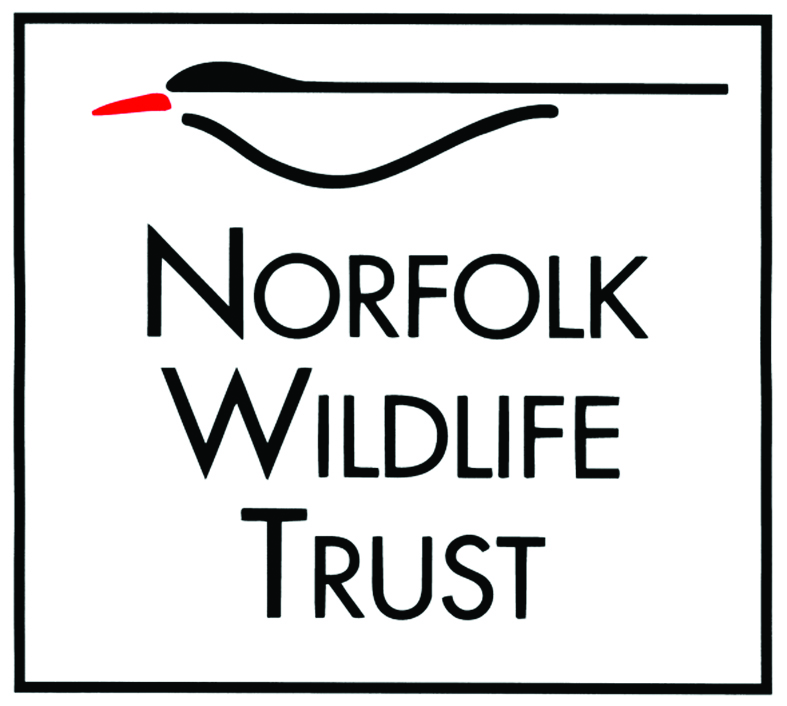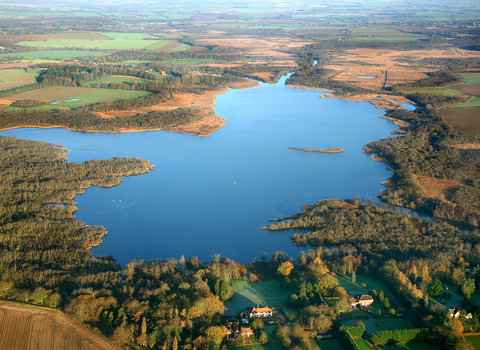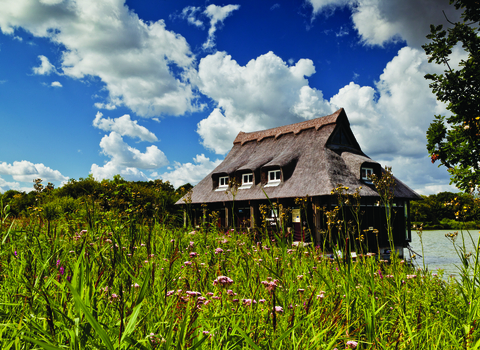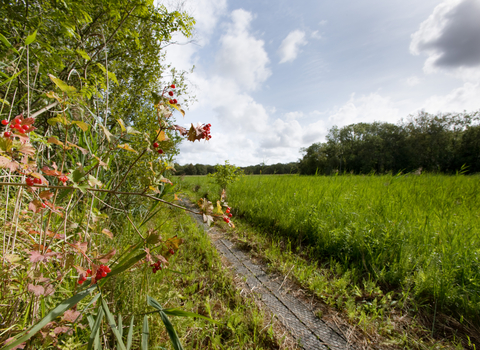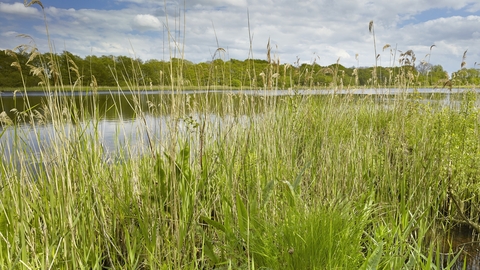
Alderfen Broad (credit: Richard Osbourne)
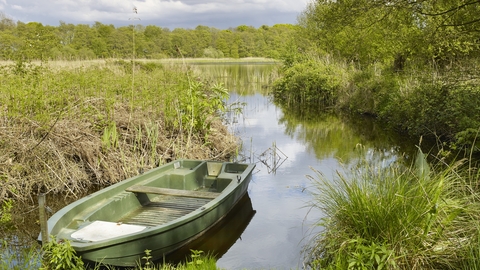
Boat at Alderfen Broad (credit: Richard Osbourne)
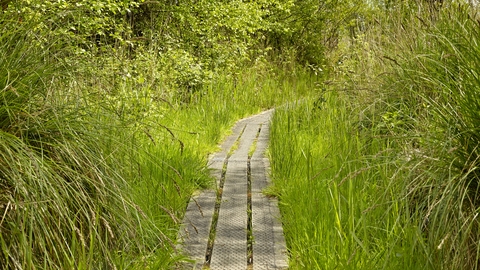
Boardwalk at Alderfen Broad (credit: Richard Osbourne)
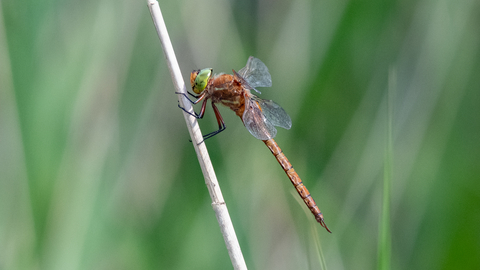
Norfolk hawker dragonfly (credit: Steve Evans)
Alderfen Broad and Marshes
Location
OS Map Reference
TG 353 196Know before you go
Dogs
Assistance dogs only on permissive paths. Dogs on a lead on all other paths.
When to visit
Opening times
Dawn till dusk, every day, all year roundBest time to visit
Spring and summerAbout the reserve
Alderfen Broad is a good place for a very short, circular walk. If you look carefully, you’ll find a good cross-section of Broadland wildlife here too, including swallowtail butterflies – Britain's largest butterfly – drifting on gentle wingbeats from flower to flower in early summer.
Alderfen is the haunt of many Broadland insects, and the nationally scarce Norfolk hawker dragonfly can regularly be seen in early summer – its green eyes are unique among UK dragonflies. Listen for the loud, explosive birdsong of the Cetti's warbler all year round. Reed and sedge warblers are common here in the summer, and if you’re lucky, you might hear the high-pitched call of the grasshopper warbler too.
In winter, you’ll see wildfowl and the occasional osprey on migration if you pause at the small viewing platform overlooking the water. Look up in the alder trees and you may find flocks of siskin and lesser redpoll hanging acrobatically among the high branches, feeding on the seeds in the alder cones.
The reserve is also known for its large and very old tussock sedges, which give the reserve an ancient, primaeval feel. Thought to be the inspiration for John Wyndham’s post-apocalyptic ‘triffids’, these tough, grassy mounds can be well over a metre tall and up to a hundred years old.
Species
Habitat
Contact us
Environmental designation
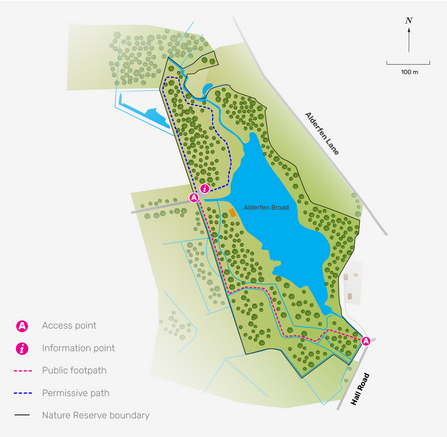
Seasonal species highlights
Spring
Birds: singing warblers.
Invertebrates: hairy hawker dragonfly, red-eyed damselfly.
Plants: marsh fern, tussock sedge.
Summer
Invertebrates: swallowtail butterfly, Norfolk hawker dragonfly.
Mammals: several species of bat.
Plants: cowbane.
Autumn
Birds: chance of osprey on migration.
Plants: some excellent examples of royal fern.
Winter
Birds: wildfowl on the broad, siskin and lesser redpoll in the alder woodland.
